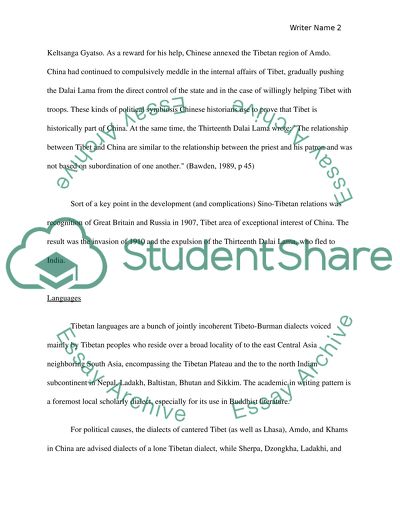Cite this document
(“Tibet Research Paper Example | Topics and Well Written Essays - 1250 words”, n.d.)
Retrieved from https://studentshare.org/family-consumer-science/1411180-tibet
Retrieved from https://studentshare.org/family-consumer-science/1411180-tibet
(Tibet Research Paper Example | Topics and Well Written Essays - 1250 Words)
https://studentshare.org/family-consumer-science/1411180-tibet.
https://studentshare.org/family-consumer-science/1411180-tibet.
“Tibet Research Paper Example | Topics and Well Written Essays - 1250 Words”, n.d. https://studentshare.org/family-consumer-science/1411180-tibet.


